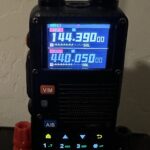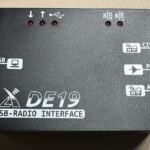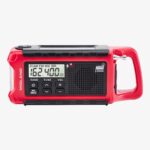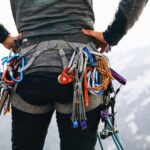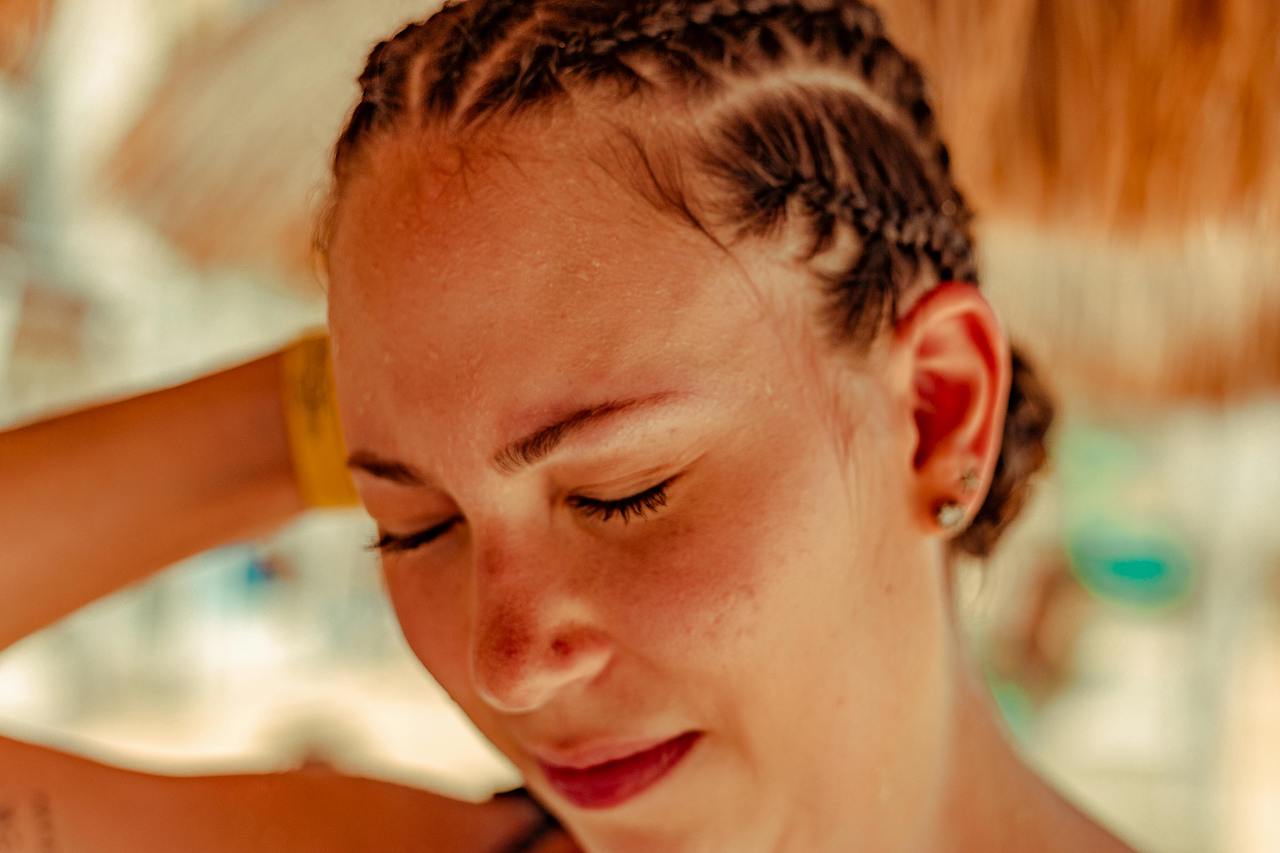DISCLAIMER: PLEASE TAKE A FIRST AID AND CPR COURSE BEFORE TREATING ANY INJURIES. CONSULT YOUR DOCTOR IMMEDIATELY AFTER FIRST AID TREATMENT TO AVOID ANY FUTURE COMPLICATIONS FROM YOUR INJURY.
Making a splint in an emergency situation is a skill you must learn and practice. These things can happen from hiking, camping, extreme sports, and in survival situations. Here are some methods for splints.
Broken Arm
For an arm, it is best to use one stick. Wrap a T-shirt around your arm with more of the padding in the inside of the forearm. Place a stick (as straight as possible), on top of the shirt on the inside of the forearm. Take a minimum 3 strands, but 4 is best, of paracord and tie near the two ends of the stick (one near the wrist and the other near the bend of the elbow). Take the third and fourth strands of paracord and tie between the other two paracords equidistant to each other. Make sure when tying down, that you are not constricting blood flow.
Now take a triangle bandage and cradle the splint arm to minimize movement until proper medical attention is available.
Broken Leg
For a leg, it is best to use two sticks. Wrap a T-shirt around the leg, with the arm sections near the ankle. Make sure the arm sections of the shirt are creating a padding near where the sticks will be tied. Tie down the bottom of the sticks near the ankle with paracord and tie the top of the sticks close to the knee. Take 1 to 2 more strands of paracord and tie between the other two paracords equidistant to each other. Make sure when tying down, that you are not constricting blood flow.
If possible, wrap the entire thing with bandage, and reduce pressure on the leg by using a Y shaped stick to use as a crutch. If you cannot find a Y shaped stick, get a stick to use as a cane.
In either case, get to a hospital immediately to be cared for the injury or it may not properly heal and can lead to future permanent complications.

